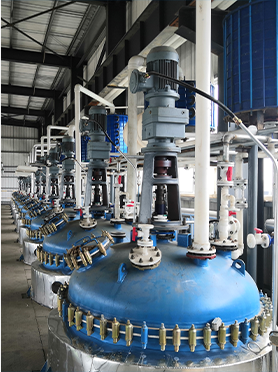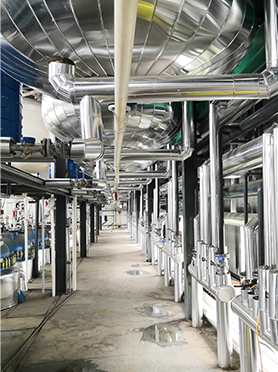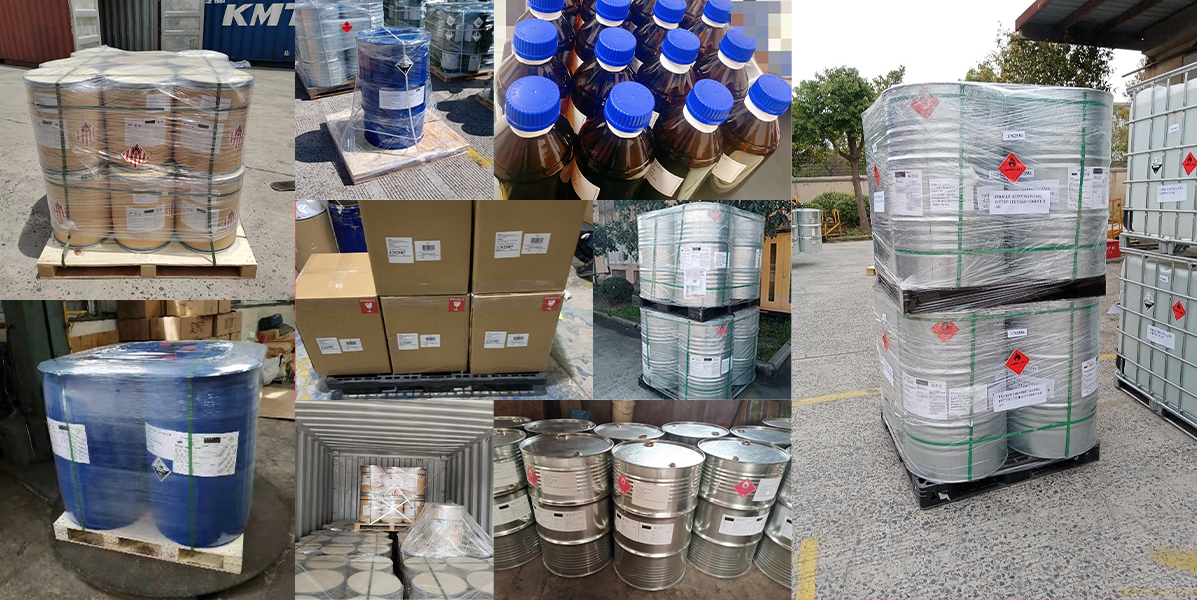The cost of Active Pharmaceutical Ingredients (APIs) and their intermediates represents a significant portion of the overall manufacturing expenses in the pharmaceutical industry. For procurement professionals, mastering the art of API price negotiation is not just about securing the lowest possible rate, but about achieving a balance of cost-effectiveness, quality assurance, and supply chain stability. This guide offers strategic insights for pharmaceutical buyers aiming to optimize their purchasing power.
Before entering any negotiation, thorough market research is indispensable. Understand the current market rates for the specific API or intermediate you require. This involves looking at various suppliers, their stated prices, and any prevailing market trends. For instance, when considering purchasing a pharmaceutical intermediate like Active Pharmaceutical Ingredient 1350514-68-9, researching its typical price range from different manufacturers, especially those in competitive regions like China, will provide a strong baseline. Knowing the general price landscape empowers you to identify unrealistic offers or potential areas for negotiation.
Leveraging volume is a classic negotiation tactic. If your company has significant purchasing needs, whether for current production or projected future demand, consolidating your orders with a single, reliable manufacturer can unlock substantial discounts. Manufacturers are often more willing to offer competitive pricing when dealing with larger order volumes. Discussing long-term supply agreements or commitment contracts can also provide leverage for better pricing on intermediates like CAS 1350514-68-9.
Beyond just the per-unit price, consider the total cost of ownership. This includes evaluating shipping costs, payment terms, and potential hidden fees. A slightly higher unit price might be acceptable if it comes with extended payment terms or includes shipping and insurance (e.g., CIF terms). Conversely, a seemingly low price might be offset by high shipping costs or strict payment demands. When negotiating with a manufacturer, clearly define the Incoterms and ensure all associated costs are understood and factored in.
Building strong relationships with suppliers can also be a negotiation advantage. Suppliers are more likely to be flexible and cooperative with clients they trust and have a history of consistent business with. Demonstrating your commitment as a long-term buyer can open doors to better pricing, priority in production scheduling, and access to new product offerings. For critical materials, maintaining a good rapport with your chosen manufacturer for API intermediates is invaluable.
Finally, be prepared to walk away if the terms are not favorable. Having alternative suppliers in mind provides a strong negotiating position. However, this should be a last resort, as frequent supplier changes can disrupt continuity. The goal is to find a mutually beneficial agreement that ensures both quality and affordability. For any pharmaceutical buyer looking to purchase high-quality pharmaceutical intermediates, strategic negotiation is key to securing the best possible outcome. We are prepared to discuss competitive pricing for your needs.
Manufacturing Facilities






Professional Export Experience
to Global Customers

1. 20 years of R&D, manufacturing and sales experience, serving customers in 60 countries and regions around the world;
2. Own R&D laboratory, pilot platform and large-scale production workshop, which can meet the audit requirements of global customers;
3. We can satisfy customers' perfect transition from small scale lab requirements (gram level) to commercialization requirements (hundred tons level).
A: We don't have Minimum Order Quantity, exact quantity should be provided before quotation for us to calculate the exact cost.
A: We don't provide free samples due to lots of request and expensive international courier's cost, we can deduct the sample charge after commercial order placed.
A: Our payment terms: Small or sample order: T/T IN ADVANCE. Commercial order: First order should be by T/T IN ADVANCE or L/C at sight, and following orders T/T 30~90days is acceptable subject to approval of credit application.